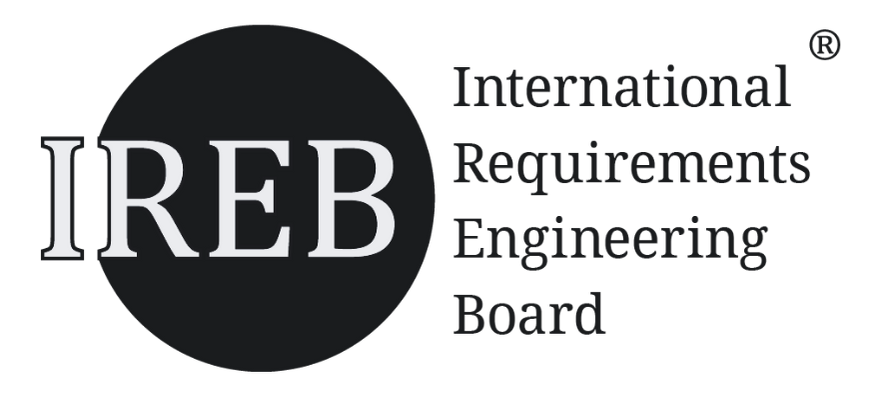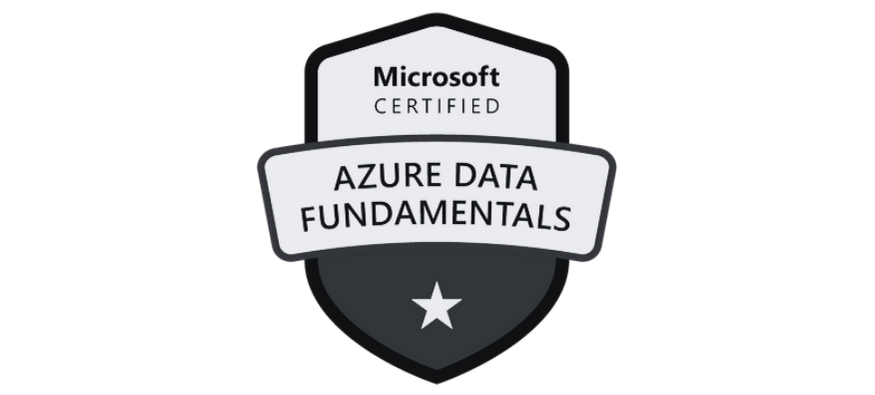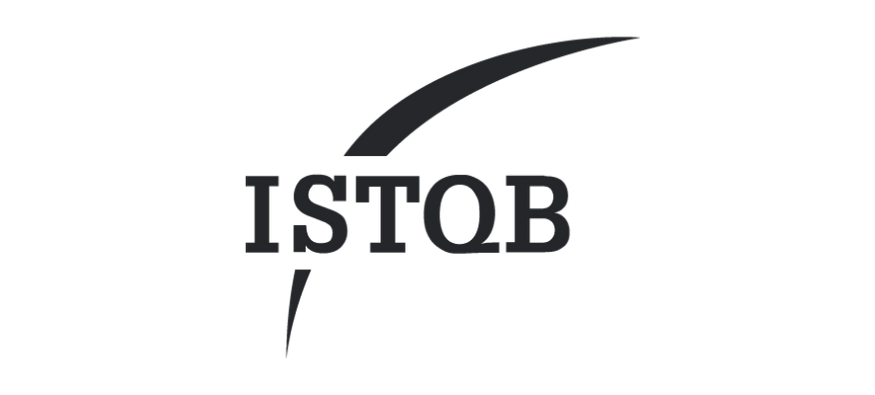AI is transforming industries at breakneck speed. But for the developers building these systems, the pressure to deliver can feel relentless. With expectations to innovate, integrate new tools, and keep up with an accelerating hype cycle, many development teams are running at unsustainable levels. Left unchecked, this pressure leads to burnout—a risk not just for individuals, but for the organisations that rely on them.
In a recent TEQ Shift Podcast episode with Josip Lazarevski, the discussion turned toward the human side of AI. Beyond code and models, real success depends on the people driving innovation. This article takes that perspective further: why developer burnout is such a risk in today’s AI landscape, and what leaders can do to prevent it.
The Unique Pressures of AI Development
Traditional software development has always carried deadlines and delivery pressure. But AI teams today face new dynamics:
-
Hype vs. Reality: Teams are asked to “deliver AI” quickly, even if use cases aren’t clear or the infrastructure isn’t ready.
-
Experiment Fatigue: Endless proofs of concept without a clear path to production drain energy and motivation.
-
Skill Scarcity: A shortage of experienced AI engineers means existing staff often carry more than their fair share.
-
Constant Change: With new models, frameworks, and “must-try” tools appearing weekly, developers feel pressured to constantly learn on top of delivery.
Josip summarised it well:

“Don’t build for the hype, build for the human. Lead with empathy and solve real problems.”
When hype drives the agenda, burnout follows.
Signs of Burnout in AI Teams
Recognising early signs is critical:
-
Declining code quality and missed deadlines.
-
Increased absenteeism or disengagement.
-
Cynicism about projects (“just another pilot that will go nowhere”).
-
Reluctance to experiment or propose new ideas.
Burnout rarely arrives overnight; it builds over months of unmanaged pressure. Leaders need to spot the signals early.
Five Strategies to Prevent Burnout
1. Put People Before Models
As Josip highlighted, the point of AI is not the model itself—it’s the human value it creates. Shifting the narrative from “beat benchmarks” to “solve real business problems” reduces unnecessary pressure and gives teams meaningful goals.
2. Start Small, Scale Smart
One recurring theme from our podcast guests: don’t start with moonshots. Begin with small, well-defined use cases that deliver visible value. Quick wins build momentum and confidence without exhausting the team.
3. Balance Curiosity with Focus
Yes, developers need space to explore the latest models and frameworks. But leadership should set clear priorities so that curiosity doesn’t devolve into chaos. Structured exploration time—hack weeks, sandbox projects—keeps learning energising rather than overwhelming.
4. Embed Psychological Safety
When teams feel safe to raise concerns, admit mistakes, or suggest alternatives, pressure becomes manageable. Leaders should model transparency and actively listen. “We are not trying to solve technology problems. We’re trying to solve life and business problems,” Josip reminded us. That includes the lives of developers themselves.
5. Invest in Sustainable Teams
The best guard against burnout is not expecting individuals to do everything. Cross-train, rotate roles, and build diverse teams so the workload doesn’t fall on a few specialists. Encourage work-life balance—yes, even in the middle of a high-stakes AI launch.
The Role of Leadership
Preventing burnout isn’t just HR’s responsibility; it’s a leadership imperative. Executives and managers must set realistic timelines, shield teams from unrealistic demands, and keep the focus on delivering sustainable value.
As Josip put it:
“As leaders, our responsibility is to bring practical reality into AI projects—the secret sauce of making them succeed.”
That reality includes protecting the well-being of the people building them.
Conclusion
AI will continue to accelerate. Models will improve. Expectations will rise. But without healthy, motivated teams, no architecture or algorithm will deliver lasting transformation.
The human side of AI means recognising that people—not models—are the true drivers of success. By putting developer well-being at the centre, organisations can innovate faster, smarter, and more sustainably.













